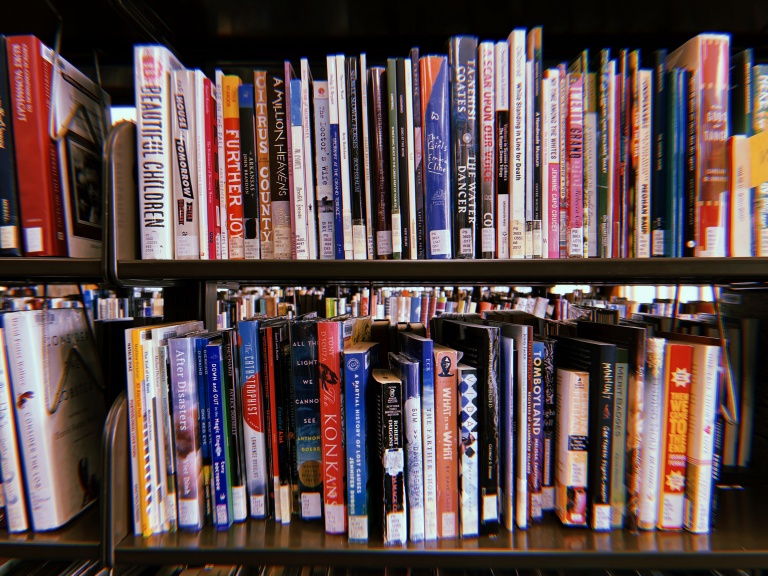Enormous parts of ourselves are defined within a sliver of a moment. These moments often become personal essays. The personal or creative nonfiction essay is a necessary work that all writers should be reading. We expand our humanity by reading CNF. Simply put, the creative nonfiction essay has heart… and guts, and grit.
Creative nonfiction also tasks a writer with learning form. How do the words on the page take shape? Is there a structure or form that can contain, guide, or expand the work, and how might those things influence and inform character or the speaker? What type of container is being used? How is that enhancing the work? It’s important to be aware of these questions, because different types of essays accomplish different things.
Take the fragmented essay which braids together seemingly disjointed, perhaps nonlinear moments or memories to create an enthralling story that is rich in emotion. Or the hermit crab essay which explores a topic through unusual forms like a grocery list, an email, or a horoscope (a favorite example of mine is Roxane Gay’s “To Scratch, Claw, or Grope Clumsily or Frantically”). There’s also the lyric essay which is often suggestive and a little harder to define but is a combination of poetics and prose, with peculiar rhythm and musicality.
Reading CNF offers us new ways into our own work, no matter the genre.
Finding Your Voice
In my prepubescent years, a fuzzy hot pink diary enclosed the earliest of my creative writings: song lyrics, stick figure drawings of my blended family, big feelings, and what I didn’t have a word for back then—poetry. It wouldn’t be until my mid-twenties that I’d take my first generic creative writing class, and then a second about memoir. Both classes were filled with creative nonfiction essays that took on innovative and unexpected forms. Reading CNF gave me the vocabulary I didn’t have and taught me how to take leaps. Recognizing the voice in other writers’ work helped me discover my own. I started to examine where it shined through, what it was trying to do, and where it wanted to venture out.
Diversity and Community
Luckily for us aspiring writers, there is a surplus of CNF essays at our disposal in our own communities: in our classrooms and local bookstores, in our libraries, and online in a vast sea of literary journals. We have access to creative nonfiction essays written by writers around the globe, with perspectives we’ve never imagined. The world becomes much larger the more we read about other people, and the personal essay continuously offers us essential space to express our humanity and connect with others as writers.
Writing Personal Essays: A Starting Point and a Safe Place to Play
We’ve all heard it before: to be a writer we must first be avid readers (and listeners). Over the past two months I’ve attended a handful of mesmerizing readings from local authors who’ve recently published books in creative nonfiction. Much of the work is hybrid, fragmented, lyrical, poetic—but most of all, it’s inventive. At one of the readings I learned that one of the recently published books started as a CNF essay. The personal essay can be a very intuitive and prudent starting point that can grow into other opportunities or work.
My fondest realization though, is that the personal essay doesn’t have to be intimidating. I continue to witness its playfulness and vibrancy. I’ve discovered it’s a safe place for creativity and meditation, a place to wring out my obsessions. The personal essay is a superb place to fail until eventually you don’t. And all the while you’re building up that writing muscle, honed by reading CNF.
Meet the blogger: SHELBY LENGYEL is a senior at Hamline University pursuing a BFA in Creative Writing. She writes poetry and creative nonfiction. You can read two of her poems in Volume 7 of Runestone.
SHELBY LENGYEL is a senior at Hamline University pursuing a BFA in Creative Writing. She writes poetry and creative nonfiction. You can read two of her poems in Volume 7 of Runestone.


